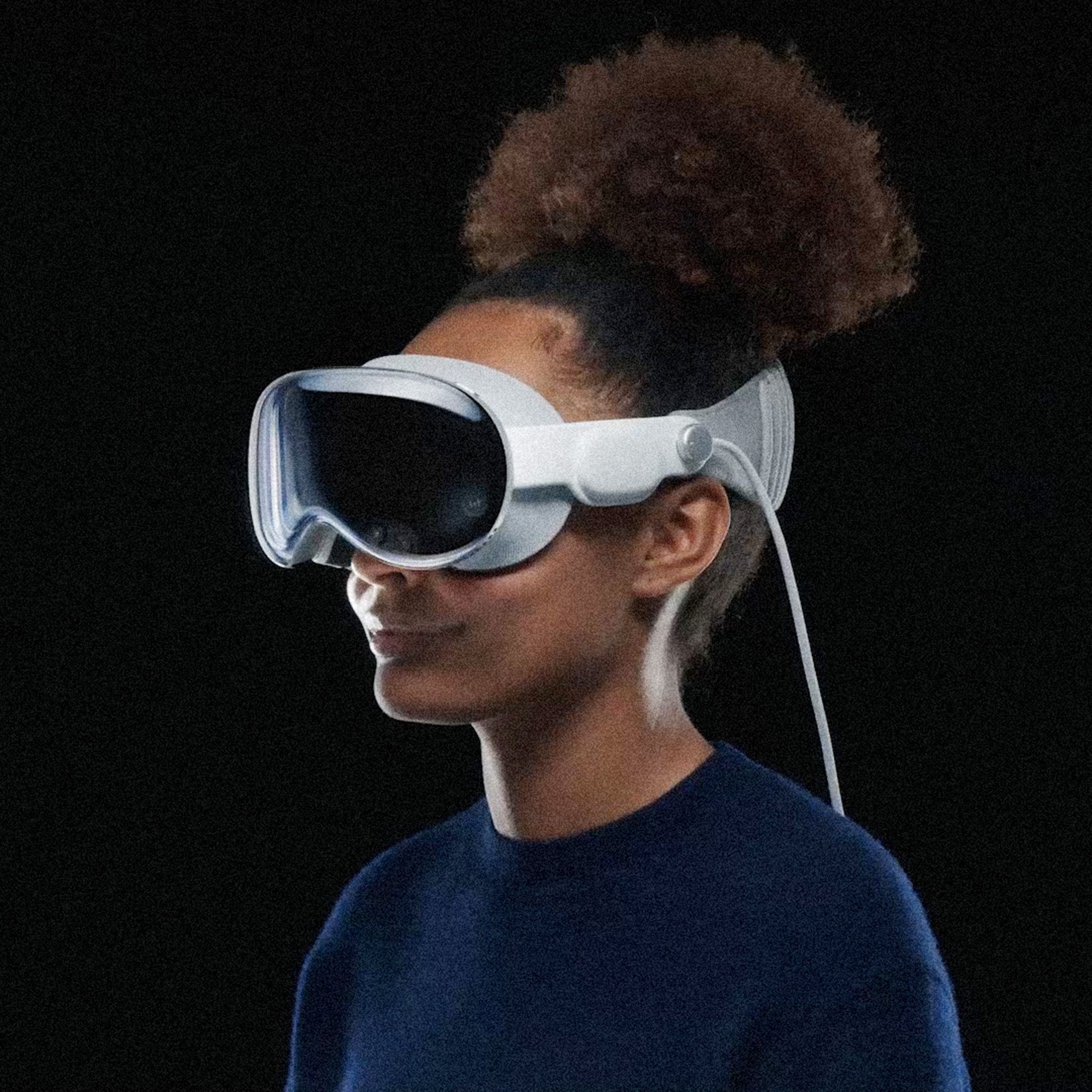If Apple wants to match the grip Meta has on the smart glasses market, it just might have to simplify its face computers. For now, at least.
According to an internal announcement reported in Bloomberg by serial Apple leaker Mark Gurman, Apple has deprioritized efforts to make a lighter, more affordable version of its Vision Pro headset in favor of focusing on AI-enabled smart glasses. Apple now seems to be aiming to launch a pair of Meta-style smart glasses in 2027, with another pair featuring a display on the lens aimed for release in 2028—if not before.
The move makes sense—after all, this has been the year where smart glasses really gained a foothold—but it’s a telling and somewhat embarrassing U-turn for Apple. The $3,499 Apple Vision Pro has widely been considered a failure for the company, after Apple moved uncharacteristically early in a field that was still finding its feet. While it was always clear that Apple intended the premium device to prove its use case to developers, widespread acceptance of Apple’s tech simply hasn’t followed. It’s too expensive, too bulky, too socially isolating, and altogether lacking in apps and use cases—the complete opposite to a pair of smart glasses.
However, it had seemingly planned to double down on the tech regardless, working on a slimmer, more affordable version of Vision Pro, predicted to launch in 2027. But that has now apparently changed, with the company reportedly fast tracking resources to its smart glasses projects instead.
But Apple is undeniably behind, and considerably so. This sudden change in focus feels unusual for a usually patient Cupertino, and is perhaps an acknowledgement of that fact.
“It does seem that Apple is just kind of spinning,” says Michael Gartenberg, a tech analyst and former Apple marketing director. “For the first time in a long time, Apple feels like they’re out of the conversation.”
But Apple knows it is not a conversation it can afford to be excluded from, not least because it’s a threat to its core device—the iPhone—suggests Gartenberg. Having a device directly in front of your eyes that can take phone calls, snap photos and video, and use AI to answer questions or translate languages means that smart glasses can offload a lot of the core use cases that people would normally pull out their phones to accomplish.
“A phone that stays in your pocket is not where Apple wants to see the iPhone,” he adds.
Anshel Sag, a principal analyst at Moor Insights & Strategy, agrees that while Apple has long been interested in making smart glasses and already has multiple projects in place, it hadn’t been adequately prepared for this shift in the market.
“I don’t believe their strategy had smart glasses as the base of the pyramid like Meta does,” Sag says about Apple’s extended reality efforts. “Apple wants to be enterprise, which is going to demand a higher resolution, higher quality device,” Sag says. “That’s not happening on smart glasses. Not anytime soon.”
Backing the wrong horse in this race has cost Apple dearly, and not just in time. Estimates suggest the company may have spent as much as $33 billion on its production (Gartenberg guesstimates the amount is somewhere in the “tens of billions”), with sales figures to date thought to be well below the 1 million mark. Even with some generosity around sales estimations, that means Apple Vision Pro could’ve brought in as little as 10 percent of what was invested in it. Of course, some of that will go forward into other products, but it still can’t be the outcome the company had hoped for—even though Apple CEO Tim Cook himself predicted it.
When discussing the development of AR and AR devices back in 2016, he said that most people wouldn’t find it acceptable to be “enclosed in something … because we are sociable people at heart.” He was spot on.
It turns out that what people really want at this moment is to just wear something that looks good and feels like a normal pair of glasses, with use cases that are actually, well, useful. And no, Tim, that’s not to watch Ted Lasso on their ceiling.
Coming to smart glasses in 2027 will feel almost impossibly late for a market that is taking off now, and while Apple is no stranger to starting behind, it will need to ensure its judgment on what its customers want in smart glasses is much more attuned than it was with Apple Vision Pro. At this point, it simply can’t afford another misstep.
But Apple isn’t giving up on Apple Vision Pro either, and reports suggest it may well revisit it once the more pressing issue of smart glasses is dealt with. While Gartenberg remains unconvinced that Apple can get the Vision Pro cheap enough to make it truly accessible for all (“the things that Apple would need to do to get this thing down to a price for humans is extraordinary”), Sag suggests it might not have to.
He points to the boom in gaming consoles as an example. Rather than flatlining the gaming PC market as was predicted, the proliferation of consoles actually helped drive sales of PCs, with more people getting into gaming, so more wanting to level up their equipment in time. He predicts the same trend will happen with smart glasses. People will start with more basic, familiar frames, then migrate into the chunkier, fully featured versions.
“People need to remember that XR is a spectrum and that devices are going to exist along that continuum,” Sag says. “The cheaper, simpler devices are going to reach the most people, but then there’s going to be a lot of people who want more than this base level experience.”
One day, Apple may be able to make that singular, gorgeous XR headset that people actually want to wear. But until then, it has to meet the market where it is headed—and that is in cheaper, lighter, more functional frames.




